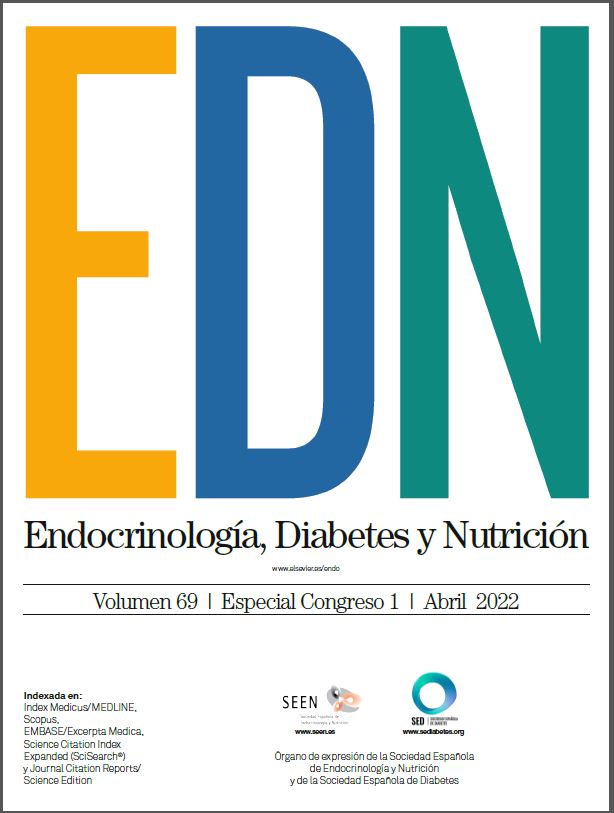CO-014 - INTRACELLULAR PRODUCTION OF HYDROGEN SULFIDE IS REQUIRED FOR THE ACCUMULATION OF LIPIDS IN HEPATOCYTES AND ADIPOCYTES
aCabimer, Sevilla, Spain. bCIBERDEM, Sevilla, Spain.
Objectives: Hydrogen sulfide (H2S) is a gasotransmitter, that could play a relevant role in the regulation of glucose and lipid metabolism, with a potential role on diabetogenesis. Studies using mice exposed to intracellular H2S generators are showing that potentiation of H2S production could elicit advantages in glucoregulation. Previous reports indicate that H2S could be endogenously produced in islet β-cells, liver and adipose tissue, suggesting that this molecule could play a significant role in the survival and functionality of metabolic tissues. However, the effect of the potentiation of H2S production and reduced production of H2S on insulin secretion and insulin sensitivity remains to be elucidated. This study aimed to evaluate the functional and mechanistic effects of the modulation of intracellular H2S production on insulin sensitivity.
Material and methods: We analyzed the effects of intracellular H2S generators in mouse metabolic tissues. We determined the effects of the inhibition of the expression of the main genes involved in H2S synthesis, cystathionine-β-synthase (CBS) and cystathionine-γ-lyase (CTH) on 3T3L1 adipocytes and primary hepatocytes. Moreover, we also determined in the same cellular types the effects of the potentiation of H2S production using intracellular generators of H2S. Performed experiments were focused to evaluate the functionality (glucose sensitivity), mitochondrial coupling using in vivo monitoring of oxygen consumption/extracellular acidification of the media, metabolic activity using MTT test and lipid content using Oil Red O staining.
Results: SiRNA interfered CBS or CTH primary hepatocytes and 3T3L1 differentiated adipocytes exhibited a marked reduction of lipid content. Remarkably, maximal oxygen consumption was impaired specifically in hepatocytes with restricted (SiRNA interfered) CTH expression. Insulin stimulated glucose uptake was unaffected in differentiated 3T3L1 adipocytes lacking CBS or CTH expression. Interestingly, intracellular H2S generators did not modulate the metabolic activity of adipocytes or hepatocytes at low doses (5-30 μM), while high doses (100 μM) produced pleiotropic effects on adipocytes and hepatocytes. Lipid content was not altered in adipocytes and hepatocytes treated with H2S generators.
Conclusions: Our results indicate that intracellular generation of H2S promoted by CTH and/or CBS is required for the accumulation and maintenance of lipid content in adipocytes and hepatocytes. While restricted expression of CBS is not associated to alterations in mitochondrial metabolism, CTH interference is associated to mitochondrial alterations in maximal oxygen consumption. These results suggest a relevant role of CBS and CTH in lipid metabolism in insulin target tissues. Short term treatments using H2S generators do not alter lipid content in insulin target tissues, suggesting that in vivo effects of H2S generators in insulin target tissues require a long-term adaptation to enhance H2S production.







